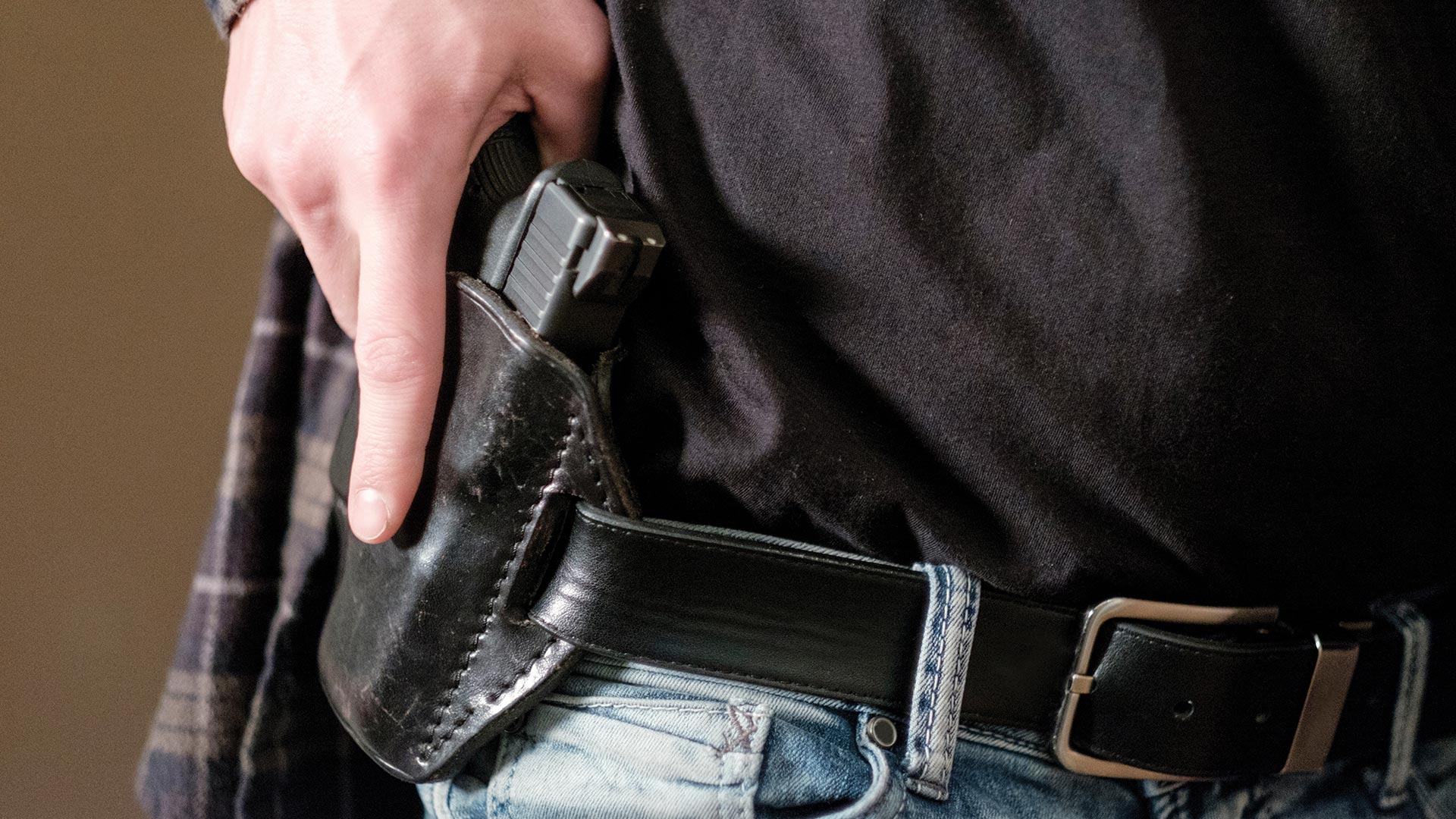[ad_1]
Key considerations to think about

We all carry guns. On duty, you may not have much choice. Departments frequently issue a service weapon and allow minimal or no customization of it. From a liability and training perspective, that makes sense. Although changing grips might be a good idea, a lighter target trigger would not be. But how about your backup gun and off-duty concealed-carry guns? Do you have a policy about them? Have you trained with them?
Off-duty guns are a compromise by nature. If you knew you were going to a gunfight, you’d bring your rifle (and you’d also bring a bunch of your friends with their rifles). Since we do not anticipate such an encounter, we choose a weapon far less capable for convenience. How much you are willing to compromise is your choice. If what you choose is not comfortable, you may opt to leave it behind or store it in your vehicle where it will do you no good. Vehicles are great places to store some extra ammo (secured, of course), but a terrible place to keep a gun unless you have specialized locks to keep it secure from thieves who often target vehicles likely to contain weapons. Comfort is critical, so that means choosing not just the right gun, but also a proper holster for it.
Backup guns (BUGs) are a secondary weapon carried on duty to give you a survival option in a worst-case scenario, such as being disarmed or having a major weapon malfunction. I carried a tiny .22 single-action mini revolver in a handkerchief in my front pocket for years in uniform, even though it was against policy. Many patrol officers did. We called it “Onion Field” insurance after the famous tragedy in California in 1963. This tiny gun is the size of a civilian can of Mace but can win a deadly encounter with a shot to the face. It is not a weapon for challenging criminals or searching buildings but strictly for personal survival. Some will try to use the same gun for both off-duty carry and as a BUG. That’s great if it works for you, but having more options means you’re more likely to have a weapon available when things unexpectedly go bad. There really are no wrong choices so long as you stay out of the bargain bin. Go with high-quality guns and holsters to ensure reliability and safety.
Next is to practice using the same ammunition you are going to carry. Some small semi-automatics work well with ball ammo but choke on hollow-points. Better to learn that at the range rather than when your life is at risk. Big calibers and high-capacity magazines are wonderful but are harder to conceal carry comfortably. The right holster can make all the difference. See what works for you. Again, individual preference is important. Outside the waist is comfortable but hard to hide without a coat. Inside the waist appendix carry works great for some, but is torture for others. Ankle holsters have serious limitations, but some love them. Belly bands take some time to get used to but offer deep concealment. Fanny packs advertise to the world that you’re armed as clearly as wearing an NRA T-shirt and red MAGA hat. I have used all these but increasingly find that a front-pocket holster works best for me most of the time. The point is to make that pocket a dedicated weapon pocket, meaning keys and other stuff go elsewhere. The holster serves to keep the gun oriented properly without spinning about. It also keeps the shape of the gun from printing (becoming a visible outline). The main job of the pocket holster, however, is safety. The holster covers the trigger to keep anything from poking through your pants that might cause an accidental discharge in your pocket. These holsters make it easy to carry and draw with a variety of small handguns.
The final consideration is dep-
artment policy. Too many administrators paint themselves into corners by overregulating this issue. It is unrealistic to expect BUGs and off-duty weapons to qualify to the same standards as duty pistols. Chiefs should write policy and develop training that allows for the unique features of these smaller, lifesaving weapons. The standard to qualify should simply be whether the operator can use the firearm safely in a situation where it is likely to be deployed. A two-shot derringer is a contact gun that will never see a fight beyond 10 feet.
Knowing your limitations based on what compromises you make for your situation is important. Of course, rule number one for surviving a gunfight is having a gun.
Take care of yourself and stay safe.
[ad_2]




